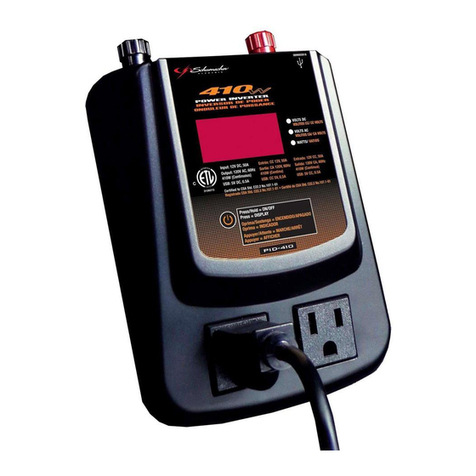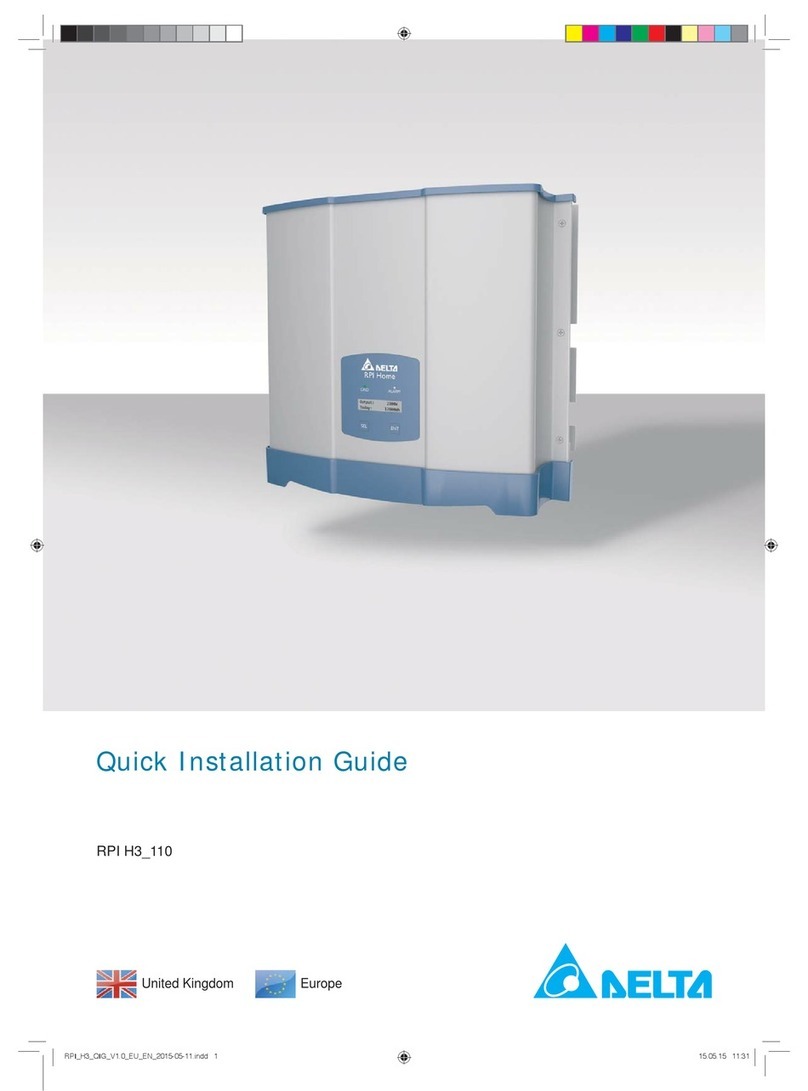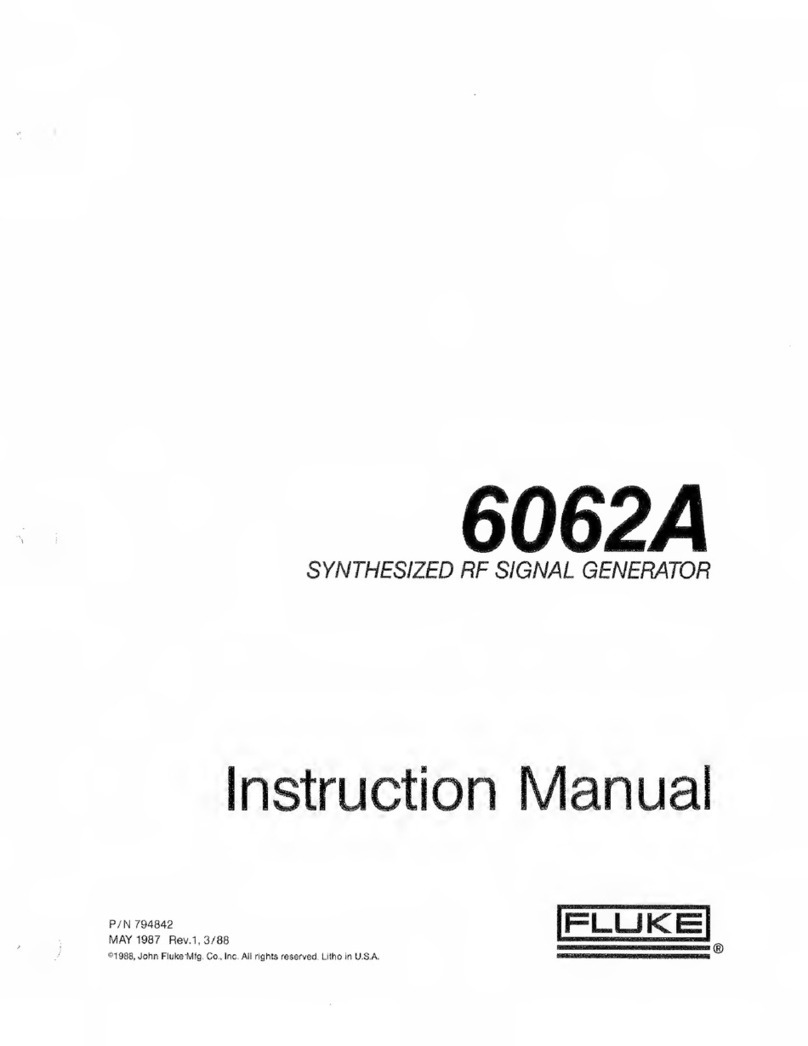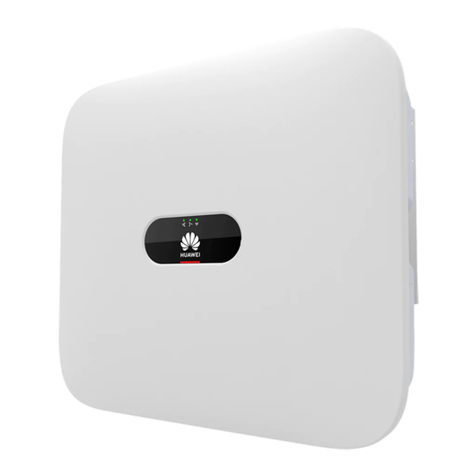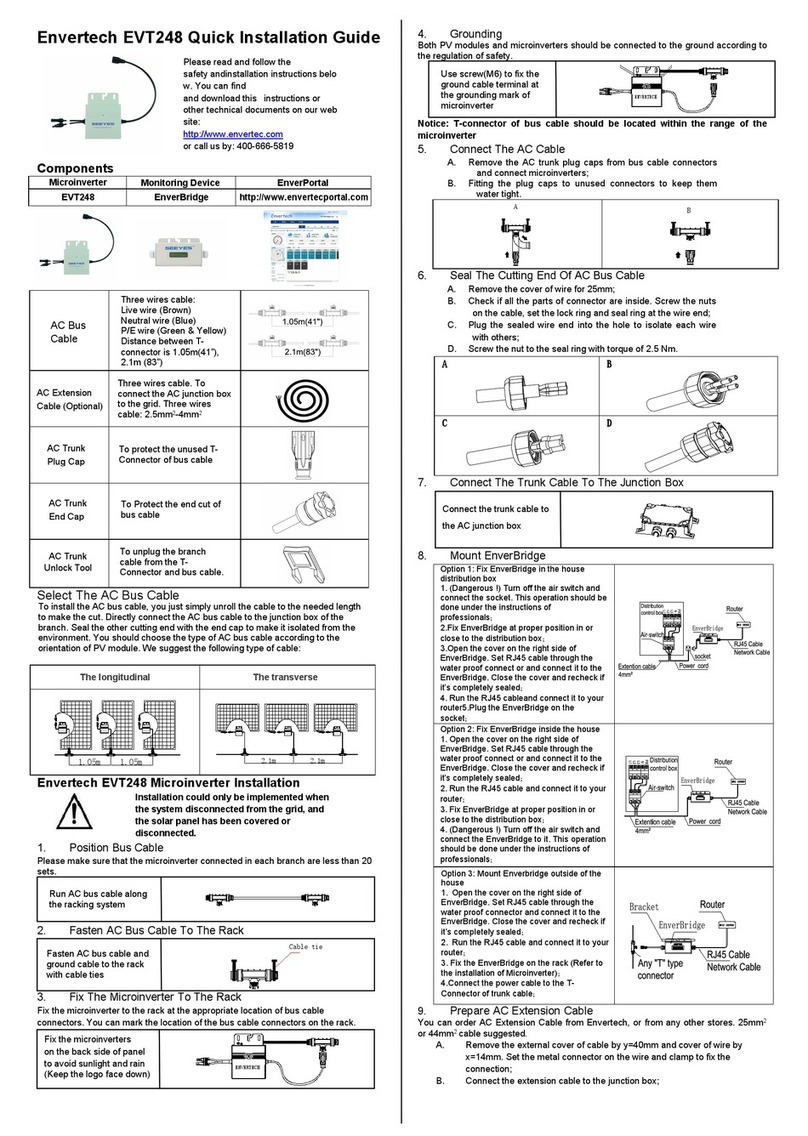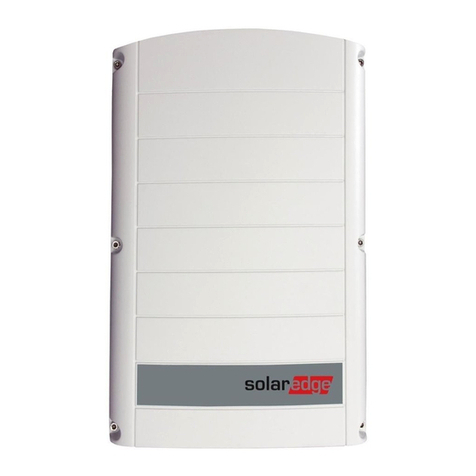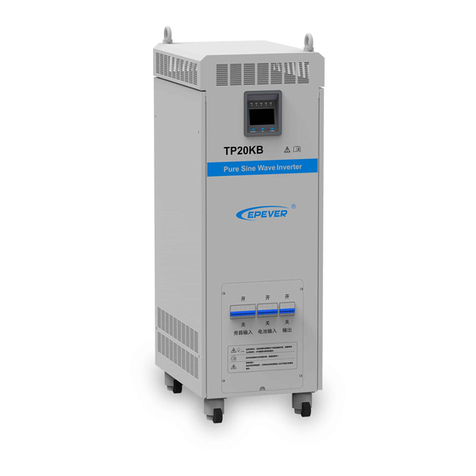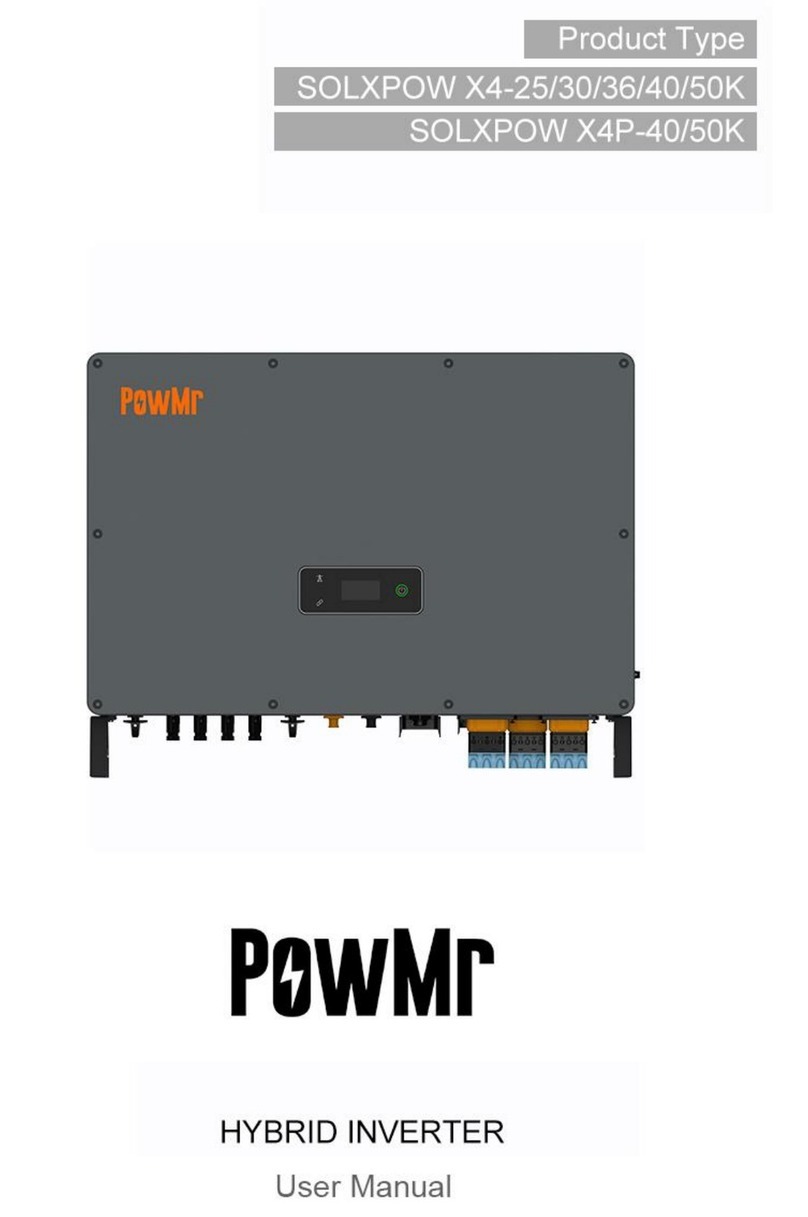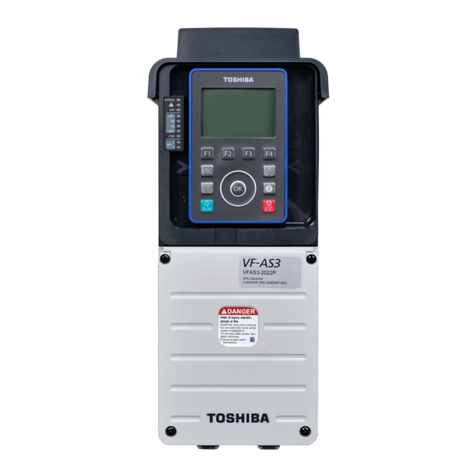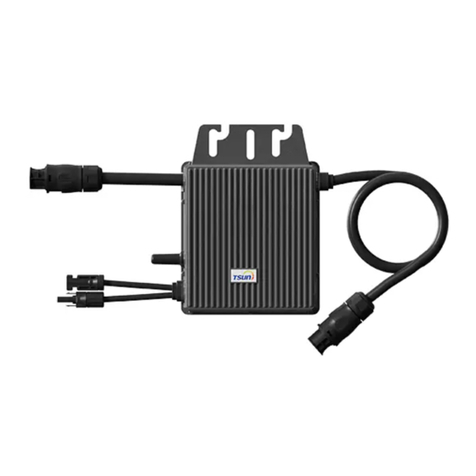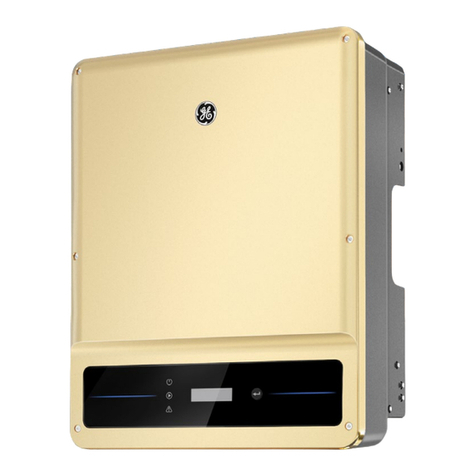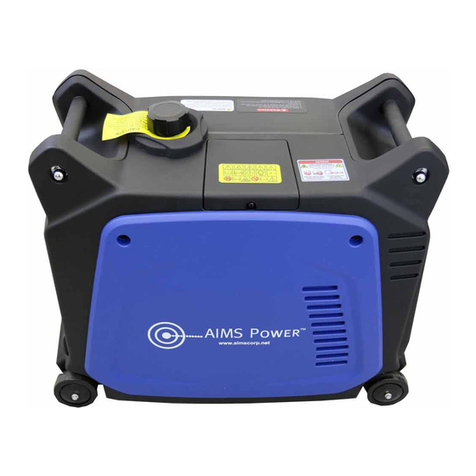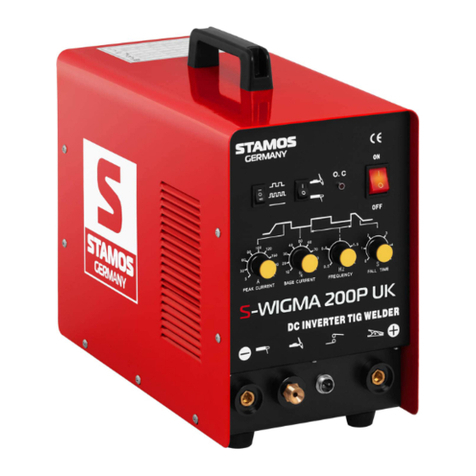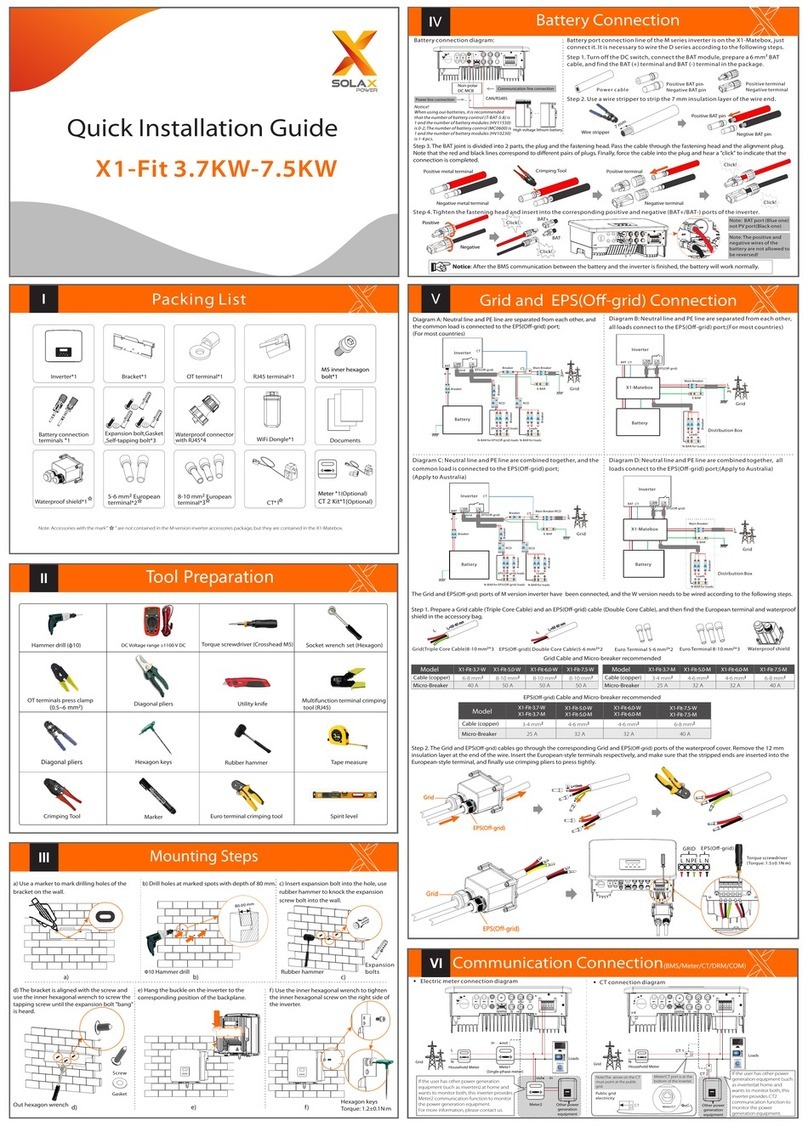Nelinor GRID BATTERY User manual


Table of Contents
1. Legal Notice and Disclaimers 3
2. Overview 3
3. Safety 3
4. Installation 4
5. Installation scheme 5
6. Technical Information 6
7. Handling and transportation 6
8. Storage location and environment 6
9. Operation 7
10. Basic Battery System Operation 7
11. Signals 7
12. Connecting to WiFi and Changing WiFi Connection 7
13. Using the Mobile Phone App 7
14. Charging and Discharging Control 7
15. Reebooth Sequence 8
16. Troubleshooting 8
17. Disposal 8

1. Legal Notice and Disclaimers
The entirety of the information contained within this document is
the exclusive property of Nelinor, and it is strictly prohibited for any
part of this document to be reproduced for commercial purposes.
Internal usage, however, is permitted.
Nelinor explicitly disclaims any representations or warranties,
whether express or implied, concerning this document or any of
the equipment and/or software it delineates. This disclaimer
encompasses, without limitation, any implied warranties of utility,
merchantability, or fitness for any specific purpose. Under no
circumstances shall Nelinor or its authorized distributors or dealers
be held accountable for indirect, incidental, or consequential
damages.
The exclusion of implied warranties may not be universally
applicable under certain statutory provisions, and thus the
aforementioned exclusion may not hold true in all cases.
This document does not serve as a substitute for, nor is it intended
to supersede, any local, state, provincial, federal, or national laws,
regulations, or codes pertinent to the installation, electrical safety,
and utilization of battery systems. Nelinor assumes no liability for
adherence or non-adherence to such laws or codes in relation to
battery system installation.
Please be advised that specifications may be subject to alteration
without prior notice. While every effort has been exerted to ensure
the completeness, accuracy, and currency of this document,
Nelinor reserves the right to introduce improvements under specific
circumstances without advance notification. It is imperative to
acknowledge the recognition of all trademarks associated with this
document.
2. Overview
Prior to undertaking any actions concerning the battery system, it
is imperative that you thoroughly review this document, which
encompasses technical information, safety information, installation
guidelines,handling and transportation guidlines, information about
storage location and environmental recommendations,
troubleshooting, and disposal protocols.
Your complete understanding of this document is crucial for
safe and effective operation of the battery system.
The battery system comprises a Li-ion battery storage system with
an integrated control module. The battery can be connected to the
Internet through WiFi for maintenance and firmware updates.
Importantly, it must only be used as stationary equipment and is
designed for indoor use under the conditions outlined in the section
“Storage location and environment”.
Any modifications or changes to the battery system, including
alterations or adjustments, must not be carried out without
obtaining prior written consent from Nelinor. Unauthorized
modifications will result in the nullification of guarantees and
warranty claims. Nelinor shall bear no responsibility for any
damages resulting from such unauthorized alterations.
3. Safety
The Grid Battery system is designed to provide reliable power
storage and management using lithium iron phosphate (LiFePO4)
batteries. While the battery cells themselves are not accessible to
users, it is essential to follow safety precautions to ensure safe
operation and prevent potential hazards. Please adhere to the
following safety guidelines.
NOTE!
Always turn off the unit before unplugging it and never touch
the terminals (metal tips of the plug) right after unplugging it.
Always wait a minimum of 10 seconds before touching the
terminals.
Normal Operation:
● Follow Manufacturer Instructions: Always operate the
Grid Battery system according to the manufacturer's
instructions and guidelines.
● Routine Maintenance: Schedule regular maintenance
and inspections as recommended by the manufacturer
or qualified technicians.
● Inspect for Damage: Before use, carefully inspect the
battery modules for any signs of defects, cracks,
breakage, or damage. If any issues are detected or if
the modules fail to operate correctly, do not use them.
● Avoid Cleaning Solvents: Refrain from using cleaning
solvents on the battery modules, as these may damage
their components.
General Safety Practices:
● Keep Children and Unauthorized Personnel Away:
Restrict access to the Grid Battery system to
authorized personnel only. Keep it out of reach of
children and pets.
● Do Not Modify: Do not modify, alter, or attempt to
enhance the Grid Battery system's performance
without manufacturer authorization.
● Proper Disposal: Follow local regulations and the
manufacturer's recommendations for the proper
disposal of the Grid Battery system at the end of its life
cycle.
● Emergency Response: Ensure that you have access to
emergency contact information and procedures in case
of accidents or unexpected events involving the Grid
Battery system.
● No User Access: Do not attempt to open or access the
battery cells within the Grid Battery system. These
components are not intended for user interaction.
● Avoid Physical Damage: Avoid physical damage to the
Grid Battery system by preventing heavy objects from
falling or being placed on top of it.
● Temperature Control: Ensure that the Grid Battery
system is installed in an environment with adequate
temperature control to prevent overheating or freezing.

Emergency Situations:
● Fire or Smoke: In the event of a fire or the release of
smoke from the Grid Battery system, immediately
evacuate the area and contact emergency services.
● Battery Cell Breakage or Leakage: In the unlikely event
of battery cell breakage or leakage, the battery can
release corrosive electrolytes. Contact with the liquid or
gas may cause skin irritation and chemical burns.
If you come in contact with the substance, adhere to the following
steps:
○ Inhalation: If you inhale the substance,
immediately evacuate the contaminated
area and seek immediate medical
assistance.
○ Eye Contact: In case of contact with the
eyes, rinse them with a continuous flow of
water for a duration of 15 minutes, and
promptly seek medical attention.
○ Skin Contact: If the substance comes into
contact with your skin, thoroughly wash the
affected area with soap and water, and
promptly seek medical attention.
○ Ingestion: If you accidentally ingest the
substance, induce vomiting and seek
immediate medical assistance.
● Power Outage: If there is a power outage or system
malfunction, contact the manufacturer's support or a
qualified technician for assistance. Do not attempt to
disassemble or repair the system without proper
training and authorization.
The battery must be removed from service in the following
situations:
● The battery shows physical damage or is swollen.
● The battery emits an odor.
● It becomes significantly hotter than usual.
● The battery makes unusual sounds.
● The battery is leaking.
When removing a damaged battery from service, ensure that the
battery or device is not near other flammable materials. If possible,
move the battery or device to a safe location, such as outdoors.
Monitor to ensure that the battery does not ignite. If the situation
leads to the battery igniting or producing smoke, follow the
instructions in the "Emergency situations" section. Return the
damaged battery or device to the product's retailer or inquire with
the retailer about where the battery can be returned.
Hazard Reporting:
If you notice any unusual noises, odors, or abnormalities with the
Grid Battery system, report them to the support center
immediately. Do not ignore potential warning signs.
4. Installation
Pre-Installation Planning
● Verify that your Grid Battery system is
compatible with your existing electrical
system.
● Read and understand section 8 of the user
guide and ensure that the battery
installation site fits the proper storage
location and environment
recommendations.
● Check local regulations and obtain any
necessary permits or approvals.
● Ensure you have all the required tools,
equipment, and materials.
● Clear any obstacles and ensure adequate
space for installation.
Installation steps for countries where installation by
electrician is needed:
● Place the antenna supplied with the battery in position.
● Carefully place the battery in its designated location.
Connect the power cable to the power cable lock.
● Attach the battery power cable lock by pulling on the
red locking mechanism while inserting it into the
battery.
● Mark the breaker.
● Connect the battery system to the electrical panel
behind its own breaker.
● Ensure that all electrical connections are securely
attached and tightened correctly.
● Perform a thorough system test to ensure proper
installation and operation.
Note! In some countries, you need permission from the local
electricity distribution company to connect Grid Battery to the
grid. Always check your local guidelines and regulations
before installing the battery.
Note! When you want to turn off your battery or cut off power
using the fuse box, remember to first turn off the battery
either with the ON/OFF button or through the application. It is
important to ensure that the battery is turned off before
proceeding with other actions.

5. Installation scheme
Countries where electrician is needed (e.g. Finland & Sweden).
Countries where plug n’ play is accepted (e.g. Germany & France).

6. Technical Information
BATTERY PACK INFORMATION
Capacity: 7.2 kWh
Accessible Capacity: 7 kWh
Nominal Voltage of a Single Cell: 3.2 V
Battery Cell Class: A
Battery Chemistry: LiFePo4
Battery Cells: 8
Capacity of a Single Cell: 280 Ah
Number of Battery Cell Cycles (at 80% remaining capacity): 6000
cycles
POWER MODULE INFORMATION
Model: P2
AC Output Voltage: 230 V
AC Output Power (Discharging): 1.8 kW
AC Input Voltage: 230 V
AC Input Power (Charging): 1.8 kW - 2.1 kW
AC Frequency Range: 47-63 Hz
DC Input Range: 23 VDC - 28 VDC
AC to DC Conversion Efficiency: 93%
AC Synchronization Time: 2 Seconds
Overload: 105-115%
BMS FEATURES
Access via local Wi-Fi network
Remote access via the internet
Battery cell balancing
Temperature monitoring
Android and iOS app
Real-time reporting
Individual cell reporting
LED charging indicator
Remote ON/OFF control
ON/OFF button
ENVIRONMENTAL & MECHANICAL DETAILS
Operating Temperature: 0°C-50°C
Storage Temperature: -20°C - 60°C
Installation Environment: Indoor IP20
Dimensions (H/W/D): 25cm60cm24cm
Noise Level: 40-55 dBA
Weight: 59 kg
Certifications: CE, TUV, BC EN/EN62368-1
Network Standards: 50549-1
Values are based on an environmental temperature of 24°C and a
load of 75%
7. Handling and transportation
● Protection from Damage: The battery modules and
their components must be shielded from any potential
damage during transportation and handling. Handle
them with care to prevent any harm or degradation of
the system.
● Weight Consideration: Be cautious of the system's
weight, which may pose an injury risk. Always handle
the system with care, ensuring safe lifting and
transportation practices.
● Avoid impacts: Do not pull, push, bump, drop or step
on the battery modules, as this can cause physical
damage.
● No Unrelated Objects: Never insert unrelated objects
into any part of the battery modules. Doing so can
compromise the integrity of the modules.
● Avoid Fire: Under no circumstances should you throw
the battery modules into a fire, as this can lead to
hazardous situations.
● Avoid Water Exposure: Do not immerse the battery
modules in water or seawater. Water contact can cause
damage and affect the functionality of the modules.
● Protect from Oxidizers: Keep the battery modules away
from strong oxidizers, as exposure to these substances
can be harmful.
● No Short Circuits: Never short circuit the battery
modules, as this can result in dangerous electrical
discharge.
8. Storage location and environment
● IP Classification: The Grid Battery is designed for
indoor storage in an environment that aligns with the
IP20 classification. This classification indicates
protection against foreign objects with a diameter of 12
mm or larger. However, it does not provide protection
against water. The battery system is suitable for
installation in dry indoor environments.
● Rubber Feet: The Grid Battery is equipped with four
5mm rubber feet. Ensure that the battery is placed on a
stable and level surface.
● Ventilation: Maintain at least a 20 cm clearance in front
of the ventilation holes for the inverter on the left side
and the back side of the batter. This clearance is
necessary to allow for adequate ventilation, which in
turn ensures efficient cooling of the battery
components during both operation and storage.
● Avoid Sunlight: Do not store the battery modules
directly under the sun, as extreme heat and exposure
to sunlight can adversely affect their performance and
safety.
● Humidity Consideration: The battery modules should
not be stored in a high-humidity environment, as
moisture can lead to corrosion and other issues.
● Temperature Range: Store the battery modules in an
environment with a temperature range between -20°C
to +60°C. Extreme temperatures can negatively impact
the modules' performance and lifespan.
.

9. Operation
Read the user manual thoroughly and understand the system's
safety guidelines before you start operating your Grid Battery
system. It's crucial to ensure safety.
If you encounter any issues or emergencies, immediately contact a
professional technician or the manufacturer's support.
10. Basic Battery System Operation
To get started with your Grid Battery system:
● Ensure the battery is correctly installed and connected
to your electrical system by a qualified technician.
● Make sure the power meter is connected to the same
WiFi and subnet as the one you will use for the Grid
Battery.
● Power on the battery system.
● Download the mobile app and follow the steps.
11. Signals
● ON/OFF button flashes when a WFi AP is active.
● The Cooling fan is working all the time regardless of
ON/OFF status.
● The battery level is indicated with the green led lights
on the front. When the battery is charging, it will flash
blue, and when the battery is discharging, it will flash
red.
12. Connecting to WiFi and Changing
WiFi Connection
● When turning on the Grid Battery for the first time the
ON/OFF button on the back should be flashing
indicating that the battery is ready to be connected to
the WiFi network.
● Connect your phone or tablet to the same WiFi
network.
● Open your application and follow the instructions.
● Once you have found your battery in the application
and established a direct connection, you are ready to
connect it to WiFi.
● In the top right corner of the application, there are three
dots that take you to a menu where you can find WiFi
settings, where you can enter the WiFi password for
the battery (see picture).
● When the battery and energy meter are connected to
the same WiFi network, the battery will search for the
meter and establish a connection between them.
● If you want to reset the WiFi connection or change the
connection, press and hold the power button for 5
seconds until the lights start flashing, indicating that the
battery has been disconnected from the WiFi network
and is ready to be reconnected.
13. Using the Mobile Phone App
The Grid Battery comes with a mobile phone app for remote
monitoring and control. Follow these steps to use the app:
● Download and install the official “Nelinor” app provided
by the manufacturer from your app store.
● Connect the app to your Grid Battery system by
following the setup instructions provided in the app.
NOTE! The Grid Battery and the power meter need to
be connected to the same WiFi and subnet.
● Once connected, you can use the app to monitor and
control various aspects of your battery system such as
battery level, charge and discharge, choosing
operating mode, viewing historical and real time data,
monitor cell life and temperature.
14. Charging and Discharging Control
Your Grid Battery system offers options for controlling when the
battery charges and discharges which can help you maximize
energy savings. Choose the charging and discharging logics
(“operating modes”) through the mobile app.
The Grid Battery has 2 different settings for charging and
discharging. By combining different settings you have 4 different
operating modes that you can choose between to fit your needs.
Charge logics:
● Charge from the grid when the price is low.
● Charge from excess energy production.
Discharge logics:
● Discharge to cover your own consumption.
● Sell excess energy when the price is high.
Operating Modes:
● Charge from excess energy and cover your own
consumption.
● Charge from the grid when the price is low and cover
your own consumption.
● Charge from excess energy and sell when the price is
high.
● Charge from the grid when the price is low and sell
when the price is high.
● Both = The Grid Battery automatically switches
between operating modes to maximize the
effectiveness.

15. Reebooth Sequence
● Turn off the unit and wait until the led lights turn off.
● Unplug the battery and wait 20 seconds.
● Plug in the battery.
● Turn on the unit.
Note! Do not touch the terminals on the plug directly after
unplugging it.
16. Troubleshooting
If you encounter issues with your Grid Battery, this troubleshooting
guide will help you identify and resolve common problems. Before
proceeding, ensure your safety by following the recommended
precautions and guidelines. If the problem persists or is beyond
your ability to resolve, contact a qualified technician or your battery
manufacturer's support team for assistance.
Battery Does Not Power On
● Check Power Source: Ensure that the battery is
connected to a power source and that the power
source is functional.
● Inspect Connections: Examine the battery's electrical
connections, including cables and connectors, for any
loose or damaged components. Have an electrician
reconnect or replace them as needed.
● Battery Reset: Some batteries may have a reset button
or procedure. Refer to your user manual for
instructions on how to perform a reset.
Reduced Battery Capacity
● Check Charging: Ensure that the battery is being
charged correctly and has reached a full charge cycle.
If not, review the charging process and consider
adjusting charging parameters if applicable.
● Age and Wear: Batteries degrade over time. If your
battery is several years old, reduced capacity may be
normal. In such cases, consider replacing the battery if
necessary.
● Environmental Conditions: Extreme temperatures can
affect battery capacity. Ensure that the battery is stored
and operated within the recommended temperature
range.
Overheating or Excessive Heat
● Cooling System: Ensure that the cooling system, such
as fans or vents, is functioning correctly and is not
obstructed. Provide adequate ventilation to dissipate
heat.
● Temperature Control: Check the temperature settings
and operating conditions. Adjust settings to maintain
the battery within the recommended temperature
range.
● Environmental Factors: Avoid placing the battery in
direct sunlight or near heat sources. Extreme
environmental conditions can lead to overheating.
● Online access: If the connection with the WiFi breaks
try to add it again. If the WiFi is too far away then you
can use a WiFi repeater to get a stronger signal.
17. Disposal
When the time comes to dispose of your Grid Battery, it is crucial
to do so responsibly and in compliance with local regulations to
protect the environment and ensure safety. Follow these guidelines
for proper disposal:
● Before attempting to dispose of the Grid Battery
yourself, it is strongly recommended to contact a
professional or your battery manufacturer's authorized
service center. They can provide guidance on the
appropriate disposal methods and may offer recycling
or disposal services.
● Check with your local authorities or waste management
agencies to understand the specific regulations and
guidelines for disposing of batteries. Different regions
may have varying rules and requirements for battery
disposal.
● Whenever possible, consider recycling as the preferred
method of disposal. Batteries contain materials that
can be harmful to the environment if not disposed of
properly. Recycling helps recover valuable resources
and minimizes environmental impact.
● Disposal Facilities If recycling is not an option or if you
are instructed to dispose of the battery, ensure it is
taken to an authorized disposal facility or a designated
collection point. Do not dispose of the battery with
regular household waste or in landfills.
● Before disposing of the battery, make sure to follow
safety precautions to remove it from your system
correctly. Disconnect the battery according to the
manufacturer's instructions, and be cautious not to
damage the battery during removal.
● Label the battery clearly with information such as
"Used Battery," "For Disposal," or any other relevant
instructions to help disposal personnel handle it
correctly.
● Handle the battery with care during the disposal
process to avoid any physical damage or leakage of
hazardous materials. Wear appropriate protective gear
if necessary.
● In some jurisdictions, you may be required to report the
disposal of certain types of batteries or hazardous
materials. Be sure to follow any reporting requirements
mandated by local authorities.
● Remember that responsible disposal of batteries is not
only a legal obligation but also an ethical responsibility.
By disposing of your Grid Battery properly, you contribute to
protecting the environment and reducing the potential harm caused
by hazardous materials. Always prioritize safety and environmental
responsibility when disposing of your Grid Battery. Following these
guidelines ensures that the battery is handled, recycled, or
disposed of in a manner that minimizes harm to the environment
and complies with local regulations.
This manual suits for next models
1
Table of contents
